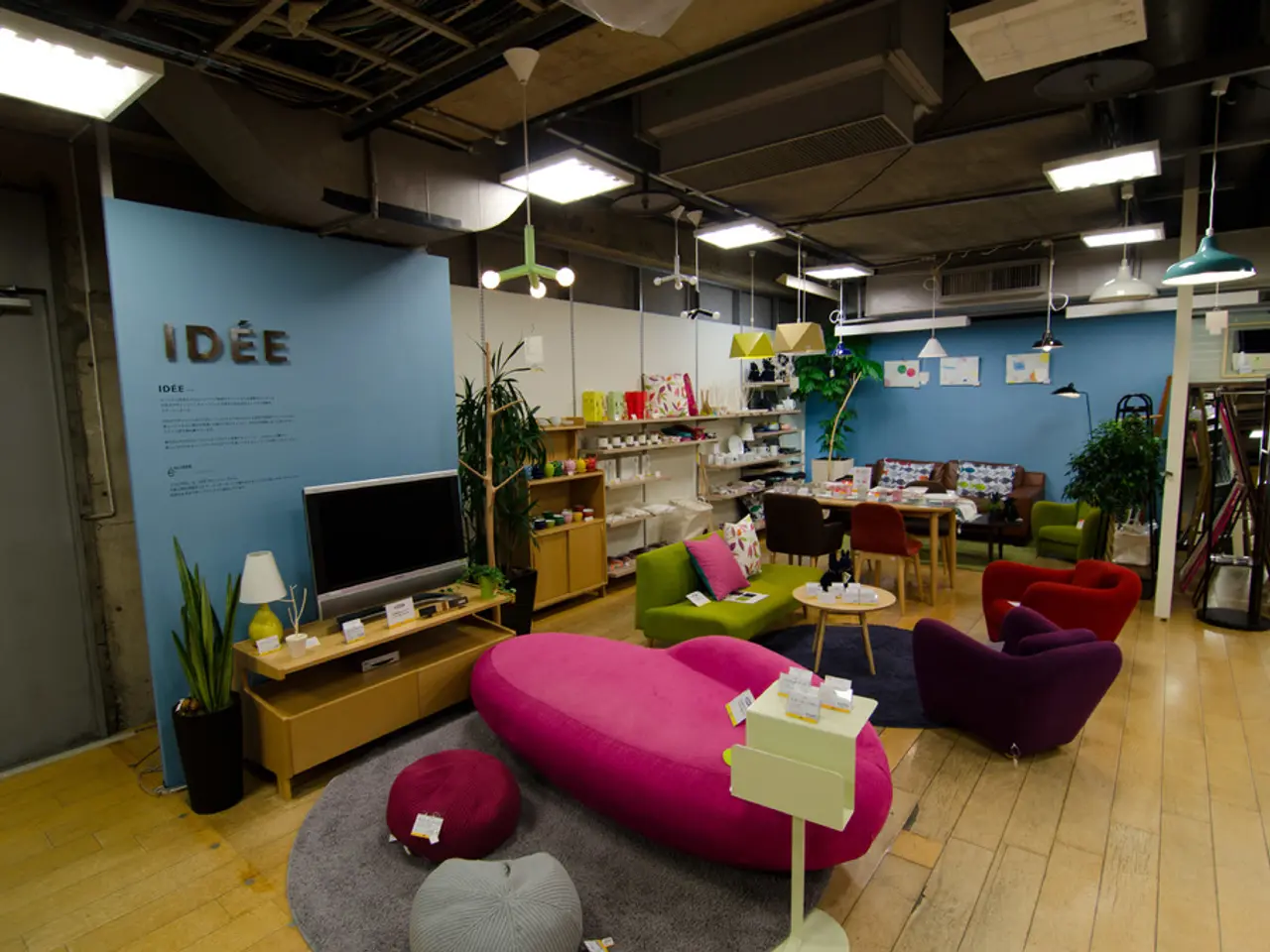Creating an Intelligent Home Automation Application: Prospects, Obstacles, Procedures, Expenses
Smart home automation apps are revolutionizing daily living by offering convenience, energy savings, and enhanced security. These applications, powered by AI and IoT technology, connect devices to create a connected home environment that can be controlled via smartphones or voice commands.
Factors Affecting the Cost of Development
The cost to build a smart home automation app can range significantly, from as low as $20,000 to as high as $150,000. This variation is influenced by several factors:
- Features and Functionalities: Essential features like remote device control, voice assistant integration, real-time notifications, automation, scheduling, multi-user roles, and third-party integrations are standard. Adding AI-driven features such as natural language processing (NLP), contextual awareness, or advanced voice control raises complexity and price.
- AI Model Integration: The sophistication of the AI model matters greatly. Basic AI with rule-based responses and limited NLP costs less, while advanced AI with custom machine learning models, real-time interaction, multilingual support, and emotional awareness requires significantly higher investment.
- Device and Hardware Integration: The type and number of smart home devices and sensors the app interacts with impacts cost. Supporting diverse protocols like Wi-Fi, BLE, Zigbee, Z-Wave, or emerging standards such as Matter can vary development complexity and integration efforts.
- Security Requirements: Implementing robust security measures is critical and adds to development time and cost. These measures include end-to-end encryption, multi-factor authentication, role-based access control, secure cloud storage, and over-the-air (OTA) updates.
- UI/UX Complexity: More complex user interfaces with animated dashboards, real-time data visualization, and intricate user flows increase design and development costs significantly compared to simpler, user-friendly designs.
- Technology Stack and Development Approach: The choice of technology stack (native vs cross-platform like React Native) and whether to use pre-built IoT platforms or custom backend affects cost and timeline. Cross-platform development can speed up delivery and reduce costs but may limit some native capabilities.
- Team Expertise and Development Timeline: Costs vary depending on the experience and location of the development team and the overall timeline. More complex AI features or security requirements usually extend timelines and increase expenses.
Market Potential
The smart home market is growing rapidly, with an estimated size of $222.90 billion by 2027 due to growing demand. Developing a smart home automation app can tap into this market, offering customers a convenient and efficient way to manage their homes.
Smart home apps let consumers watch and manage their energy use, aiding energy-saving efforts and encouraging sustainability. They also allow users to control various devices from a single interface, including lighting, thermostats, door locks, security cameras, appliances, and more.
Data analytics and insights provide information about the smart home devices users own, their energy usage, usage trends, and optimization suggestions. Remote access enables users to monitor and manage the components of their smart home from any location using a smartphone device.
In addition, integration with virtual assistants like Google Assistant or Alexa can provide added control in smart home automation. Users can set schedules and timers for automatic operations, such as turning lights on and off or modifying settings at certain times.
The smart home revolution is at the core of the current revolution in daily living, offering remote control over various house components like lighting, temperature, security, and entertainment systems. As the market continues to grow, the potential for smart home app development remains strong.
[1] "Cost of Developing a Smart Home App: Estimates and Factors." MobileAppDaily, 18 Mar. 2021, https://www.mobileappdaily.com/cost-of-developing-a-smart-home-app-estimates-and-factors/
[2] "Smart Home App Development: A Comprehensive Guide." Appinventiv, 2020, https://www.appinventiv.com/blog/smart-home-app-development-a-comprehensive-guide
[3] "How Much Does it Cost to Develop a Smart Home App?" Mobio Solutions, 2020, https://www.mobiosolutions.co/blog/how-much-does-it-cost-to-develop-a-smart-home-app/
[4] "The Ultimate Guide to Building a Smart Home App." Cognizant, 2020, https://www.cognizant.com/blog/the-ultimate-guide-to-building-a-smart-home-app/
- Equipped with education and self-development resources, individuals can gain the necessary skills to design and develop smart-home-devices gadgets, leveraging the growing technology in the smart home market.
- As technology continues to advance and the demand for smart home devices increases, the possibilities for integrating and developing new gadgets within a connected home environment using AI, IoT, and other innovative technologies will expand, thereby providing opportunities for both consumers and the technology industry.




